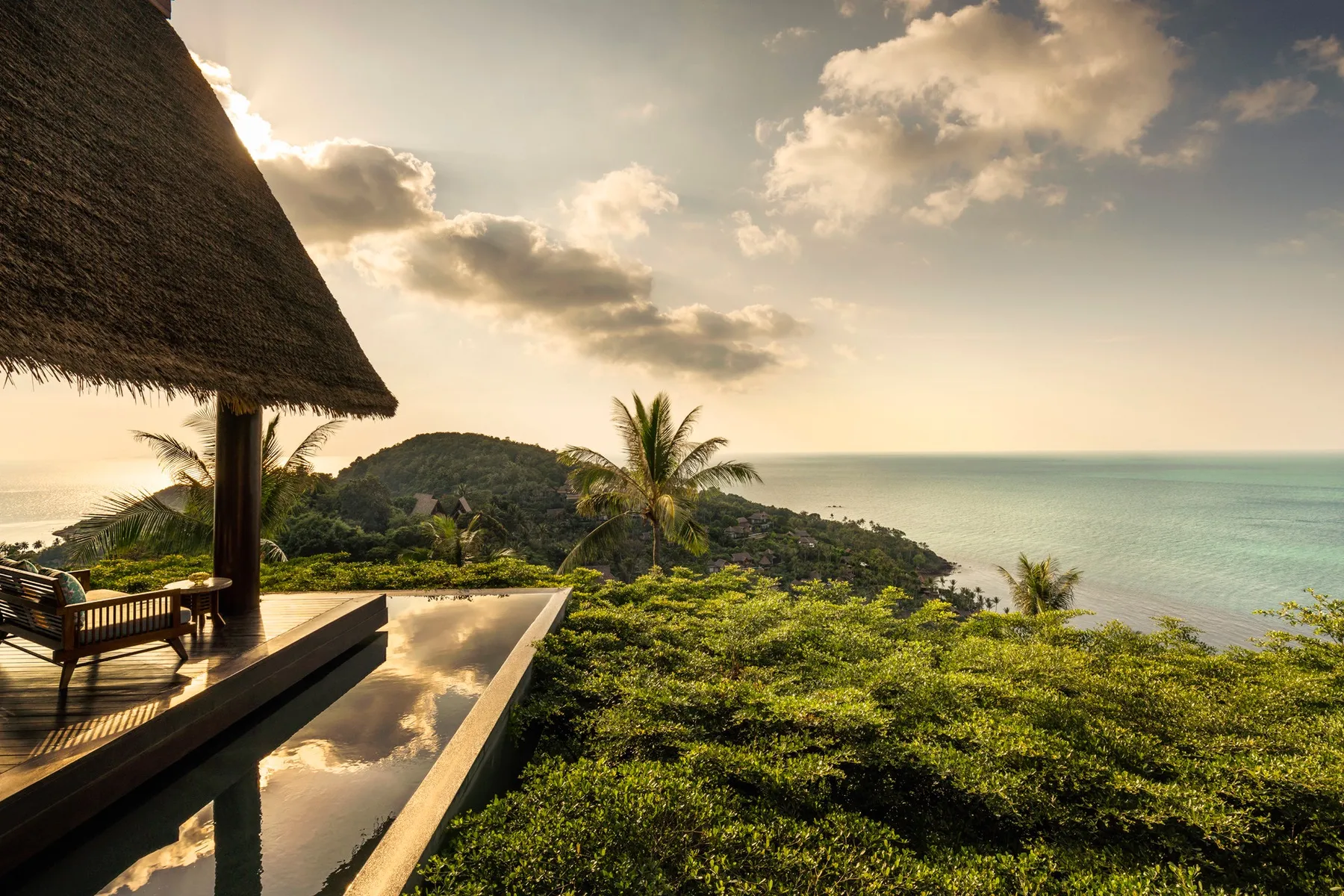The White Lotus Effect Could Be a Disaster for Thailand's Koh Samui - And Travel Media Is Making it Worse

Skift Take

On Experience
Colin Nagy is a marketing strategist and writes on customer-centric experiences and innovation across the luxury sector, hotels, aviation, and beyond. You can read all of his writing here.The Four Seasons positioning itself with The White Lotus is one of the smartest marketing partnerships in travel. It is a masterclass in old-school, top-of-funnel marketing, achieving something few luxury brands manage: catapulting into mainstream awareness while maintaining exclusivity.
Some top-line numbers: The show's Season 2 finale drew 9.3 million viewers, and the Four Seasons Resort Maui reported a 425% increase in website traffic following Season 1.
To be clear, the brand and marketing teams have done their job, and done it well.
My beef here is that much of the media coverage surrounding this phenomenon (and the launch of the new season set in Thailand) has been largely uncritical. The surge of attention is set to bring an influx of hyper-tourism to Koh Samui, a small Thai island already grappling with infrastructure challenges: namely water scarcity and issues with garbage processing. A beautiful island is in danger of being completely overloaded.
Consider this basic number: While the average local resident uses 150 liters of water daily, a luxury resort guest consumes nearly 1,500 liters — a disparity that becomes critically important when multiplied across thousands of new visitors.
Yet, major publications, from The New York Times to consumer travel outlets like The Points Guy, are fully embracing the trend, sending reporters on the ultimate press junket. The headlines are superficial, at best: Here's What It's Like to Stay at Every Hotel Featured in The White Lotus. (Skift has also reported on the potential for a tourism spike in Thailand sparked by the new season.)
The PR orchestration behind this campaign is sharp, and it’s no surprise that writers want the luxe freebies. The timing was also perfect given the post-pandemic luxury travel surge. The scale of interest rivals that of the Barbie marketing rollout — except, in this case, the stakes are higher than just losing a few brain cells to a blockbuster film.
What Overtourism Looks Like
We need only look to Bali for a glimpse of what unchecked luxury tourism can do. The island has been mismanaged, a major plastic waste problem in the ocean, and cultural and spiritual areas being disrespected by unruly visitors.
Santorini, another cautionary tale, was forced to cap daily visitors at 8,000 due to infrastructure strain. These destinations learned their lessons the hard way, yet we seem poised to repeat their mistakes.
It is disheartening to see the same publications that have previously reported on the perils of overtourism now behaving like golden retrievers chasing a tennis ball, sprinting after the hype with little critical reflection.
A quick back-of-the-napkin analysis shows that major travel publications have produced three times as many "how to visit" pieces about White Lotus locations as they have articles examining the sustainability challenges these destinations face.
The reality is that while The White Lotus and the Four Seasons may have struck PR gold, the destination itself may pay the price. This isn't just about infrastructure and environment — it's about the future of luxury tourism itself.
Embrace Responsible Luxury Tourism
The industry stands at a crossroads: Continue the cycle of discovering, popularizing, and ultimately overwhelming destinations, or pioneer a new model of responsible tourism that values preservation alongside profit.
Travel must confront the uncomfortable truth that marketing success and destination sustainability are increasingly at odds. The next decade will require a fundamental reimagining of how to promote and manage high-end tourism destinations.
This means moving beyond superficial sustainability initiatives to tackle harder questions. How do we balance destination awareness with preservation? What role should luxury brands play in infrastructure development? When does exclusivity serve environmental protection, and when does it merely serve profit?
Without addressing these questions head-on, we risk watching an endless cycle of destinations rise and fall, each new "undiscovered paradise" following the same path to overtourism and environmental strain.
The success of pop culture and streaming platform tourism promotion has shown us the industry's power to shape traveler desires — now it's time to use that power to also shape traveler consciousness as well.





